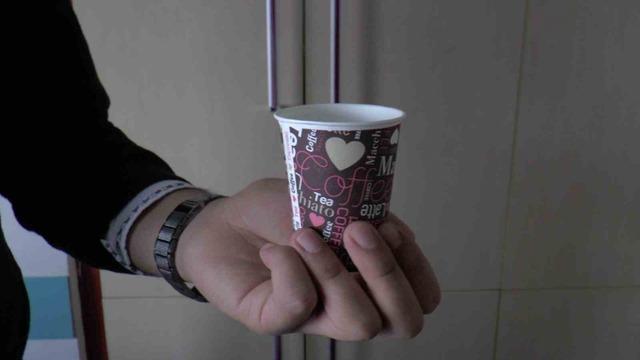It was stated that products such as cups, plates, forks and storage containers made of plastic and cardboard derivatives, which are commonly used today, are unknown harmful. Dietitian Burcu Akbeyaz emphasized that plastic and cardboard cups increase microplastic exposure and said, “We should try to reduce plastic use.”
CLOTHES, WATERS, CANNED FOODS
Pointing out that microplastics can cause cardiovascular diseases, Dietician Burcu Akbeyaz said, “Plastics are actually a petroleum derivative that we are exposed to in many areas in our daily lives. We name the forms of these plastics smaller than 5 millimeters as microplastics. The clothes we wear, the water in the plastic bottles we drink, medicines, vehicle tires. “Canned food, plastic cups and cardboard cups actually contain a lot of microplastics. Cosmetic products and shopping bags spread high amounts of microplastics, which are very dangerous for us,” he said.
IT ENTERS THE BODY THROUGH THE MOUTH AND RESPIRATORY
Expert Dietician Akbeyaz stated that microplastics enter the body through the mouth and breathing, and stated that the only way to remove microplastics from the body is the excretory system. Specialist Dietitian Akbeyaz stated that studies have shown that microplastics actually cause bioaccumulation in many organs, that they have a great effect on the liver, lungs, then the heart and intestines, and that microplastics are even found in breast milk and human blood, and that microplastics can cause heart diseases.

CHOOSE GLASS INSTEAD OF PLASTIC
Pointing out that long-term exposure to microplastics also causes the growth of tumors and an increased risk of cancer, Akbeyaz said, “Of course, it is up to us to reduce the use of plastic in our lives. For example, we can choose glass as a storage container instead of disposable plastic containers. If we can prepare and use glass canned foods ourselves instead of canned foods, this can be done.” It would be much better. We can drink our tea and coffee in glass, steel or porcelain cups or thermoses. We can reduce microplastic emissions by using dryers in our homes. We can use public transportation instead of private vehicles. We can choose environmentally friendly clothes. Because fabrics that do not use petroleum substances cause less microplastic exposure. “It causes,” he said.

“IT IS EXPOSED FROM THE BODY THROUGH THE EXCRETE SYSTEM”
Emphasizing that the International Cancer Agency has proven that heavy metals such as arsenic, cadmium, chromium, mercury and lead used in plastic production are carcinogenic, Akbeyaz underlined that especially plastic and cardboard cups release a lot of these heavy metals with heat and therefore pose a danger to human health. he drew. Expert Dietician Akbeyaz said, “Again, in a recent study, it is known that microplastic exposure, both oral and respiratory, reaches 5 grams per week, which is approximately the size of a credit card per month. Even though it is excreted from the body, some of it continues to be present in our body and will continue to exist in our body for a long time.” “It is known that prolonged and this amount of exposure causes tumor growth and increased cancer risk, and also increases oxidative stress.”
UAV

